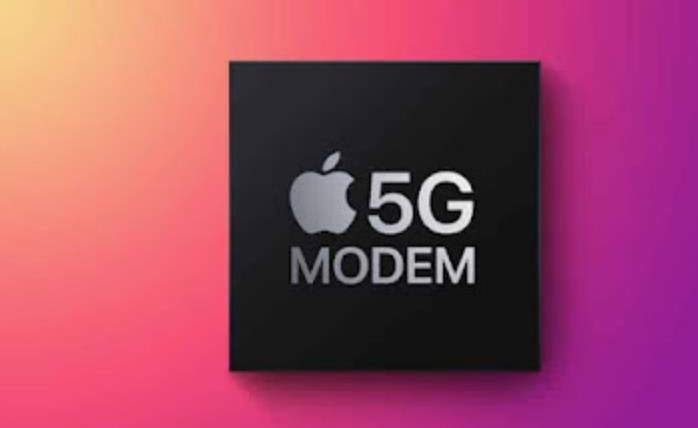Apple’s ambitious plan to design its own 5G modem chips for iPhones has been plagued by technical difficulties, poor communication, and unrealistic goals, according to a new report by The Wall Street Journal.
The report, based on interviews with former Apple engineers and executives familiar with the project, reveals how Apple’s attempt to reduce its dependence on Qualcomm, the leading supplier of 5G modem chips, has been hampered by various obstacles.
Apple started the project, codenamed Sinope, in 2018, after acquiring the majority of Intel’s smartphone modem business. The company hired thousands of engineers, including many from Intel and Qualcomm, and set a goal to have the chip ready for the new iPhone models in 2023.

However, the project soon faced several challenges, such as:
- The chip prototypes were too slow and prone to overheating, making them unusable for iPhones.
- The chip circuit board was so large that it would take up half an iPhone, leaving no room for other components.
- The teams working on the project were siloed in separate groups across the U.S. and abroad without a global leader.
- Some managers discouraged the airing of bad news about delays or setbacks from engineers, leading to unrealistic expectations and missed deadlines.
Apple’s 5G modem chip is a complex and challenging undertaking
The report suggests that Apple’s success in designing its own microprocessors for iPhones and iPads made the company overconfident about its ability to create its own 5G modem chip.
However, 5G modem chips are much more complicated than microprocessors, as they have to transmit and receive wireless data from various types of networks and comply with strict connectivity standards around the world. They also have to work well with wireless carriers and other devices.
Apple’s rival Qualcomm has been developing 5G modem chips for years, investing heavily in research and development and securing patents and licenses. Qualcomm’s latest 5G modem chip, the Snapdragon X75, is widely regarded as the best in the market, offering fast speeds, low latency, and low power consumption.
Apple has been using Qualcomm’s 5G modem chips for its latest iPhone and iPad models, after settling a long-running legal dispute with the company in 2019. However, Apple still wants to have more control over its own supply chain and reduce its reliance on Qualcomm, which charges high fees for its chips and patents.
Apple’s 5G modem chip may not be ready until 2025 or later
According to the report, Apple executives realized the difficulties of the project after testing its prototypes late last year. The results were disappointing, as the chips were essentially three years behind Qualcomm’s best modem chip. Using them would make iPhone wireless speeds slower than its competitors.
Apple then decided to renew its partnership with Qualcomm for three more years, ensuring that it would have access to Qualcomm’s 5G modem chips until at least 2026. Apple also hired a new leader for the project, Rubén Caballero, a former Apple executive who had previously worked on wireless technologies for the company.
However, the report says that Apple’s 5G modem chip project is still facing challenges and uncertainties. Some engineers doubt that the chip will be ready by 2024, as some executives hope. Others say that it may not be ready until 2025 or later.
Apple has not commented on the report or its plans for its own 5G modem chip. The company is known for its secrecy and innovation, and it may still surprise the industry with its breakthroughs. However, as the report shows, creating a 5G modem chip is not an easy task, even for a company like Apple.
